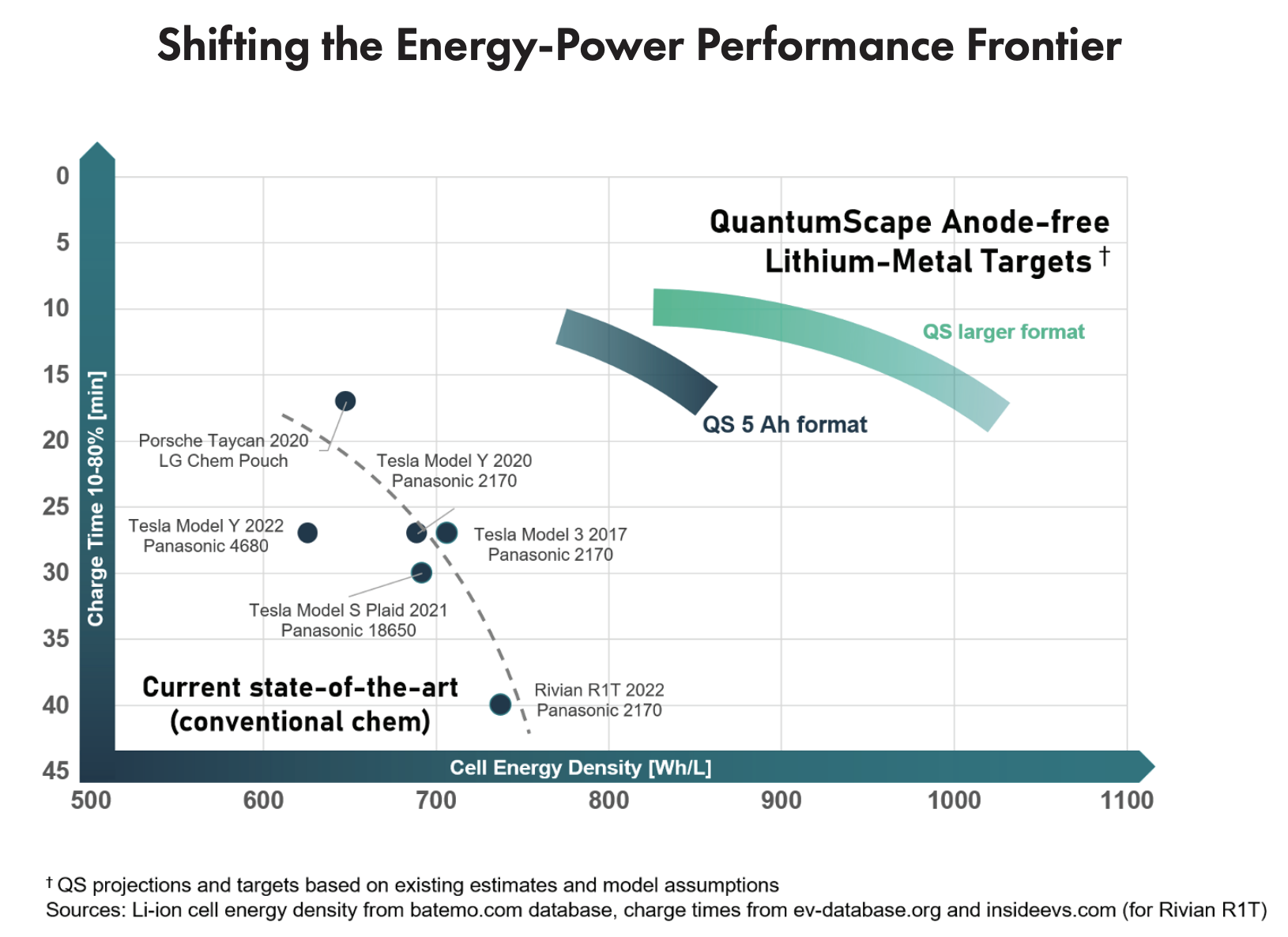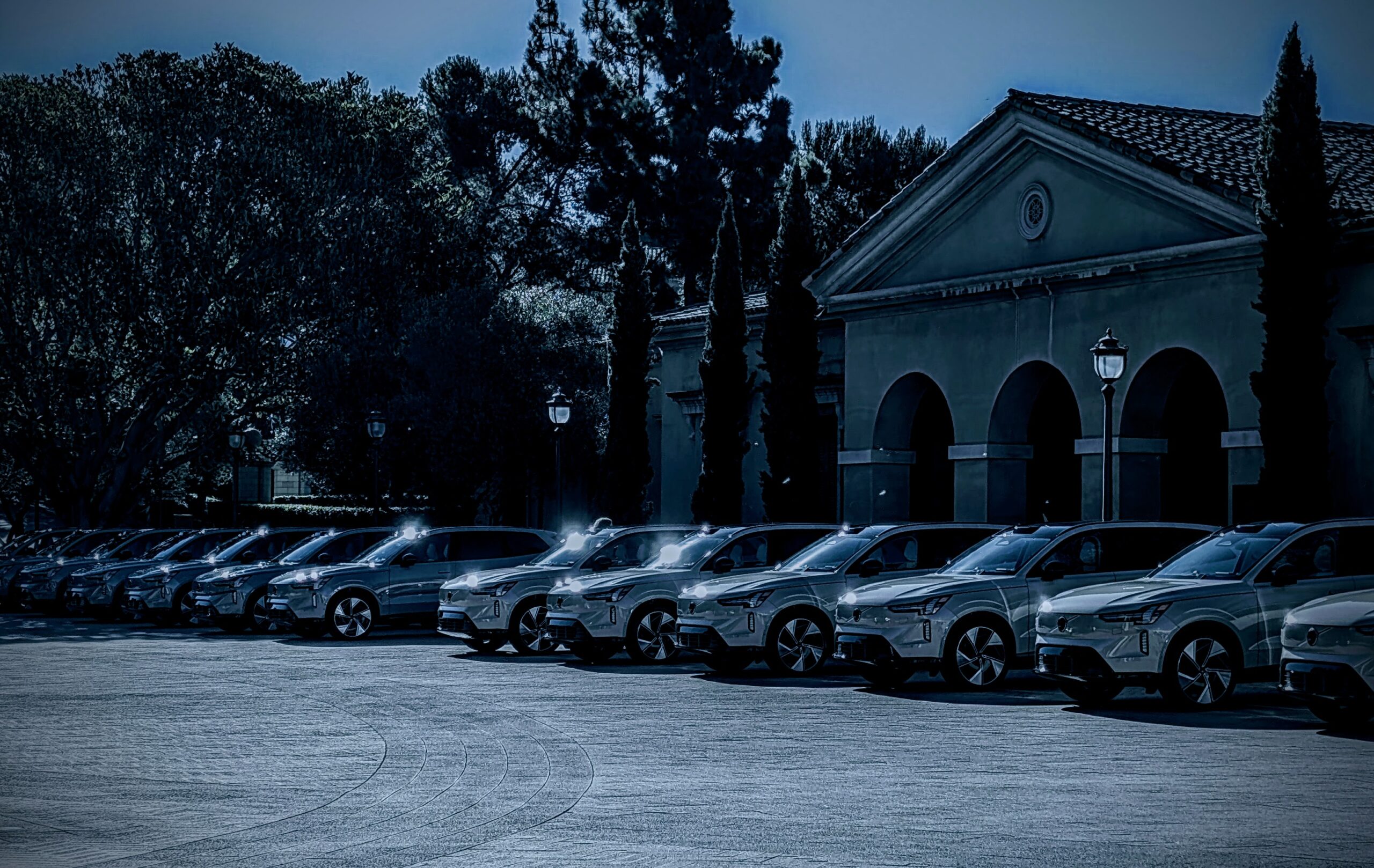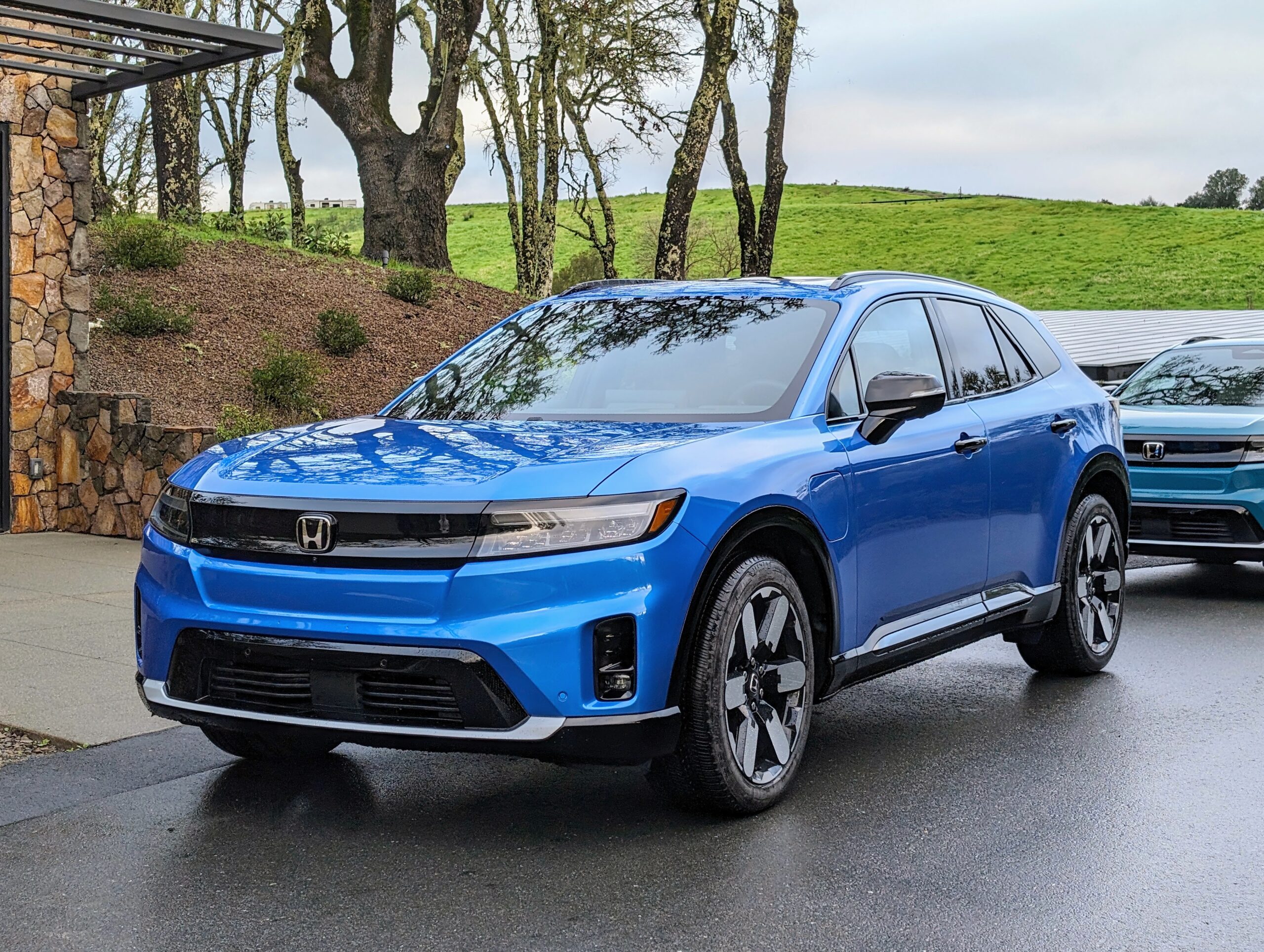
We’ve been writing about QuantumScape in what seems like forever. It seems our first mention of the company was on the 1st of January in 2015 right after Volkswagen jumped into bed with the mysterious battery startup. I then put it on my list of 43 battery storage companies to watch. We’ve been watching it ever since, and waiting, and waiting, and waiting. Are we finally on the verge of seeing QuantumScape batteries used in commercially available electric cars? QuantumScape indicates: maybe.
The lithium-metal solid-state battery company reportedly indicates that it is “working closely with a prospective launch customer in the automotive sector for the first commercial QS product,” Green Car Congress reports, based on the company’s latest shareholder letter (for Q2). “QS previously disclosed customer sampling agreements with six automakers and a stationary storage provider as well as product tests with some of the largest consumer electronics players in the world, but this is the first time the company has revealed that it’s actively engaging with a launch partner.”
Perhaps the tech is finally ready.
Here’s how QuantumScape words it in the shareholder letter (bold styling from QuantumScape itself): “We are happy to report that we have shipped high cathode-loading unit cells to multiple automotive partners, in line with our development roadmap. This is an important milestone because this level of cathode loading is close to our commercial-intent cathode design for energy-dense cells and represents a significant step toward delivering a commercial product. In our view, when combined with the 24-layer capability we have already shown in our A0 prototype cells and other planned improvements, these shipments represent a validation of our ability to achieve industry-leading energy and power performance for our first commercial product.”
From the next section of the letter on its product roadmap, the company writes: “As announced last quarter, our first commercial product is planned to be a ~5 Ah cell, which we believe will offer a combination of energy density and power unmatched by the leading EV batteries available today. We are designating this first product QSE-5. We are already working closely with a prospective launch customer in the automotive sector for this cell, with the goal of bringing our next-generation technology to the electric vehicle market as rapidly as possible.” (Again, the bold styling comes from QuantumScape.)
Then there’s this:
“As the chart shows, our technology enables a shift of the entire energy-power performance frontier. We expect QSE-5 to push this frontier well beyond the capabilities of today’s best-performing EV cells, better than 800 Wh/L with the ability to charge from 10% to 80% in approximately 15 minutes. We believe this is a unique selling point: with our technology enabling longer range, higher power and faster charging, automotive OEMs gain the ability to better differentiate their EV offerings.”
So, yeah, the next question one may be asking is why QuantumScape isn’t already dominating the EV battery market. The reason is that the company still has technical and manufacturing issues to address. “Delivering on our product roadmap will undoubtedly require us to successfully address many technical and manufacturing challenges, including our key goals for 2023. However, we believe QSE-5 raises the bar for EV performance and puts battery development on a fundamentally new trajectory. To help investors and the general public understand the complexities of designing more energy-dense batteries, we have developed a series of educational blogs.”
You can read more directly in the QuantumScape shareholder letter. Start at “Technical Development.” The company discusses charging, safety, scaling up manufacturing, financial matters, and the innovative battery company’s strategic outlook.
I don’t like paywalls. You don’t like paywalls. Who likes paywalls? Here at CleanTechnica, we implemented a limited paywall for a while, but it always felt wrong — and it was always tough to decide what we should put behind there. In theory, your most exclusive and best content goes behind a paywall. But then fewer people read it! We just don’t like paywalls, and so we’ve decided to ditch ours. Unfortunately, the media business is still a tough, cut-throat business with tiny margins. It’s a never-ending Olympic challenge to stay above water or even perhaps — gasp — grow. So …





